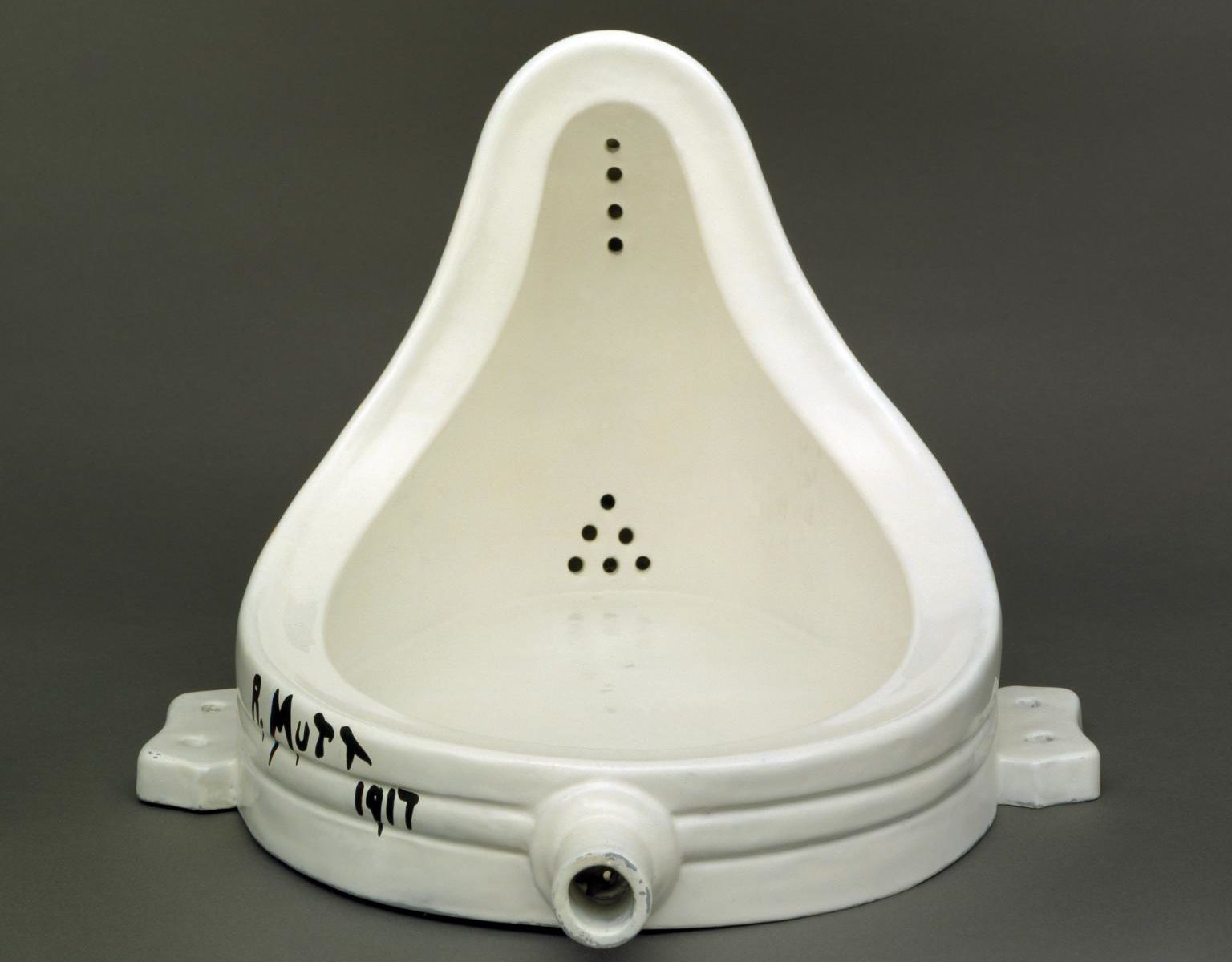Often, when the layperson thinks of art, common ideas come to mind—visuals of the world’s most famous masterpieces: Da Vinci’s Mona Lisa, Van Gogh’s Starry Night, Rodin’s The Thinker. However, in actuality, art is not confined to such a limited sphere. Art can take many forms and appearances—paintings, pictures, sculptures, statues, texts, prints, advertisements, commercials, and much more. A fundamental question surrounding art is “What makes art “art?” Due to its subjective nature, there is no bona fide or comprehensive answer to this question. For instance, some tend to have more restricted outlooks on art, considering only paintings or objects showcased in museums to be so. Others may have a more open viewpoint, believing that art is in the eye of the beholder.
The notion that art is in the eye of the beholder is an essential element of “readymade” art, an interesting style invented by the famed Marcel Duchamp. As Professor Lasch says, “you can take something from any context and turn it into art by putting it into the context of art. In other words, it is the museum, the gallery, the very spaces of art—these sacred spaces—that turn something into art.” One can extrapolate various themes from this quote and relate them to their own personal projects, such as the ones in Create, Innovate, Art! Although several students in this class are more interested in social innovation and product design rather than art, there is no doubt that some students will create amazing works of art, possibly without even knowing it.


